Haplocladium: The All-Purpose Moss for Micro Landscapes
Haplocladium: The All-Purpose Moss for Micro Landscapes
Introduction
The genus Haplocladium encompasses several visually similar moss species widely distributed across temperate and subtropical zones. Known for their rapid growth, versatility, and ease of installation, these mosses are ideal for use in terrariums, bonsai arrangements, moss walls, and horticultural education. As a foundational “coverage moss,” they are an essential tool for both design professionals and beginners.
I. Morphological Traits
- Stem Growth: Upright or slightly creeping with dense, radiating branches.
- Leaf Characteristics: Lance-shaped leaves densely arranged around the stem, ending in a sharp tip.
- Color Variation: Bright green when new, darkening as it matures; soft when moist, duller when dry.
- Height: Grows 1–3 cm (about 0.39–1.18 inches) tall with strong horizontal coverage.
II. Habitat and Environmental Adaptability
- Native Habitats: Often found on forest floors, in soil crevices, and along field ridges in moist zones.
- Light Preference: Thrives in diffused light and partial shade. Avoids intense direct sunlight.
- Temperature Range: Prefers 8°C–28°C (46°F–82°F).
- Humidity Requirements: Performs best at 60%–80% relative humidity.
- pH Tolerance: Adapts to pH 5.0–6.8, offering broad compatibility with various environments.
III. Cultivation Guidelines
1. Recommended Substrate Mix
- Recommended Blend: 40% peat moss + 30% perlite + 30% humus-rich soil.
- Soil Requirements: Loose, breathable, slightly acidic, and well-drained.
2. Light and Humidity
- Lighting Setup: Maintain diffused light around 300–800 Lux.
- Humidity Control: Ensure 60%–80% air humidity; avoid excess moisture or standing water on leaves.
3. Watering Routine
- Misting Frequency: Mist daily or every other day to keep the surface moist.
- Adjustment Tips: Reduce misting during high humidity; increase during dry spells.
IV. Propagation and Recovery
- Propagation Method: Primarily vegetative, using tearing or stem segment cuttings.
- Procedure: Place 2–3 cm stem segments on moist substrate.
- Attachment Timeline: Moss adheres within 7–10 days and forms a stable mat in 3–4 weeks.
- Trimming Notes: Recovers well from pruning, with visible regrowth in about 2 weeks.
V. Landscape Applications
- Terrarium Ground Layer: Ideal for creating backgrounds and filling gaps with uniform green coverage.
- Vertical Moss Walls: Serves as a stable base layer in moss wall compositions due to strong adherence and dehydration resistance.
- Bonsai Bedding: Allows for rapid coverage and controlled shaping.
- Horticultural Demonstration: Easy to grow and visually responsive, making it excellent for teaching and propagation training.
VI. Summary
Haplocladium mosses are practical, versatile, and easy to maintain. With their fast growth and adaptability, they serve as a reliable base for ecological design, education, and creative landscaping. Whether you’re an experienced designer or just starting out, this “go-to moss” provides dependable coverage and visual unity.

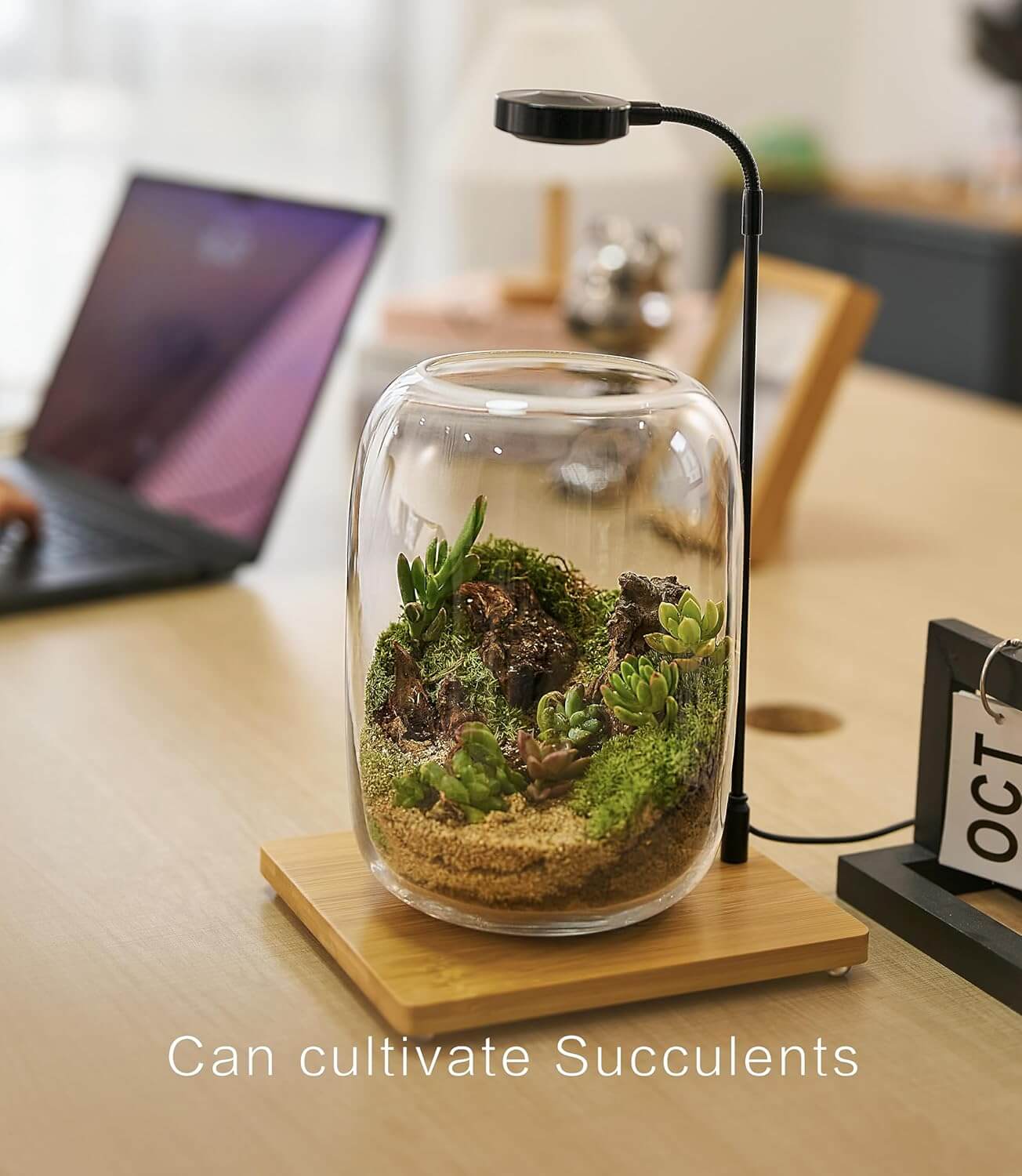
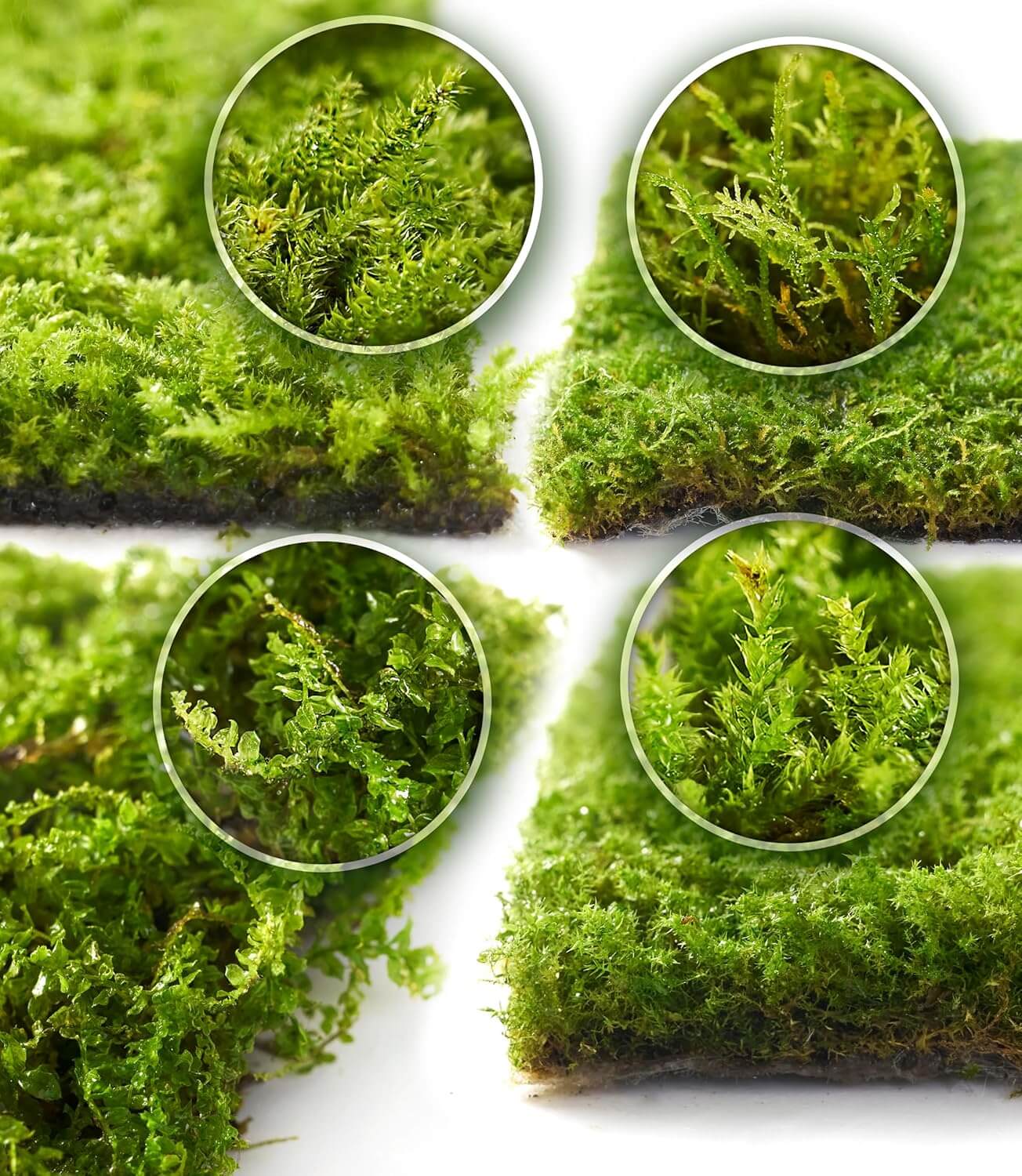
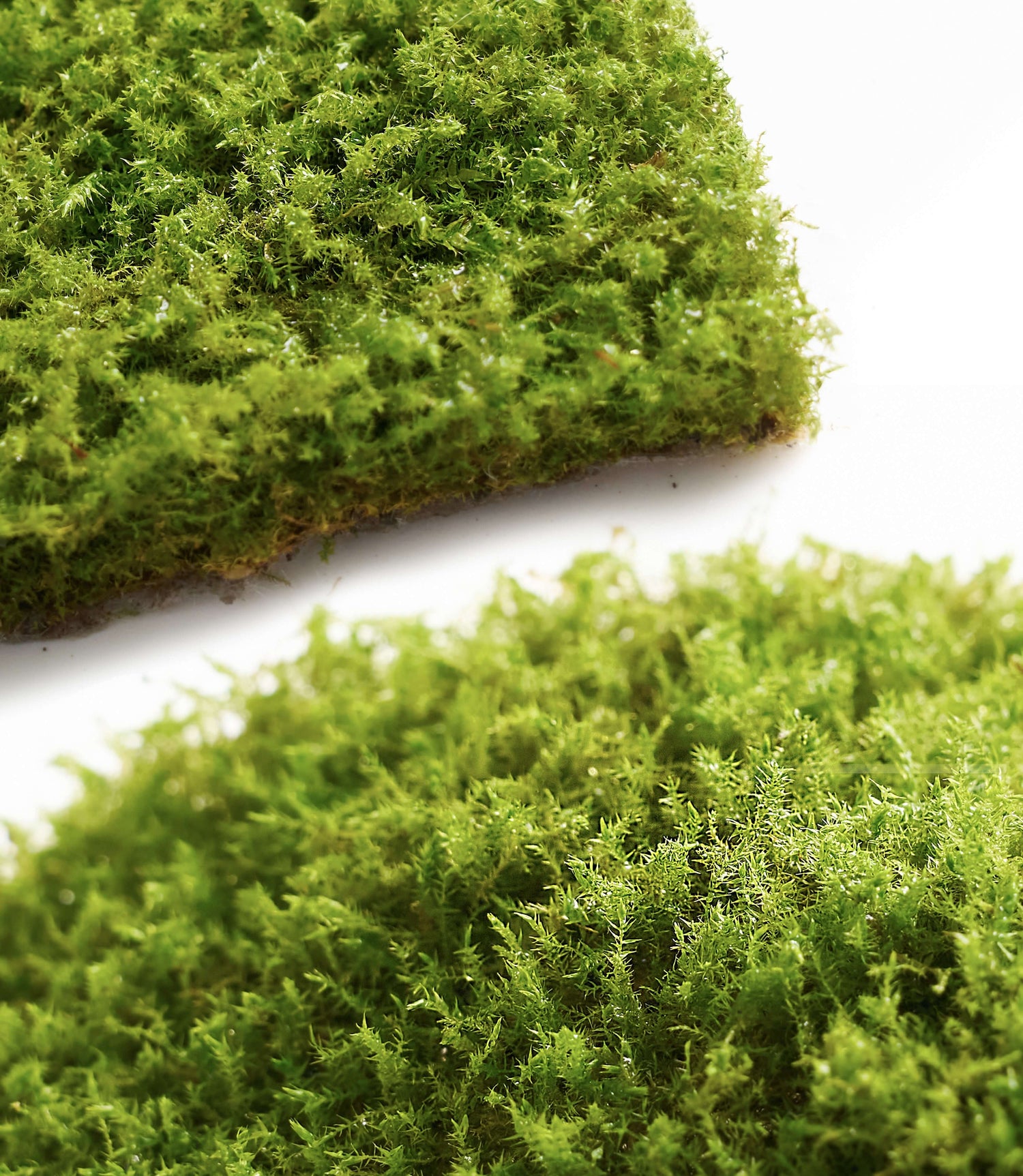
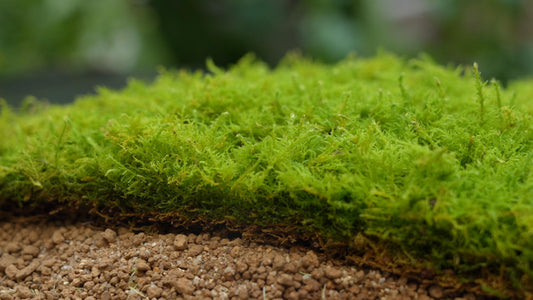
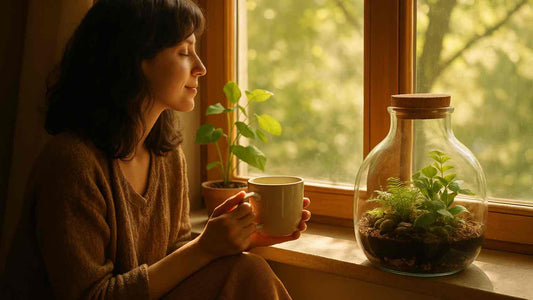
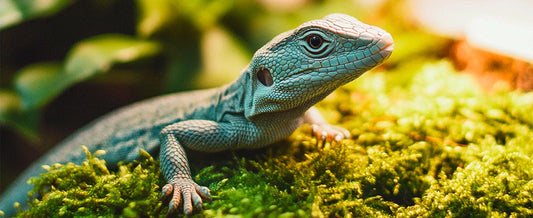
1 comment
Wow, this article was such a great read! I’ve been dabbling in terrariums and small moss projects for a while, but I’ve never come across such a clear and detailed breakdown of Haplocladium before. I love how you not only explained its characteristics but also gave practical tips on how to use it in micro landscapes. It’s so refreshing to see content that’s both beautiful and informative. Definitely bookmarking this for my next DIY project – I can already imagine Haplocladium adding that perfect soft green texture to my glass jars. Thank you for sharing your expertise!